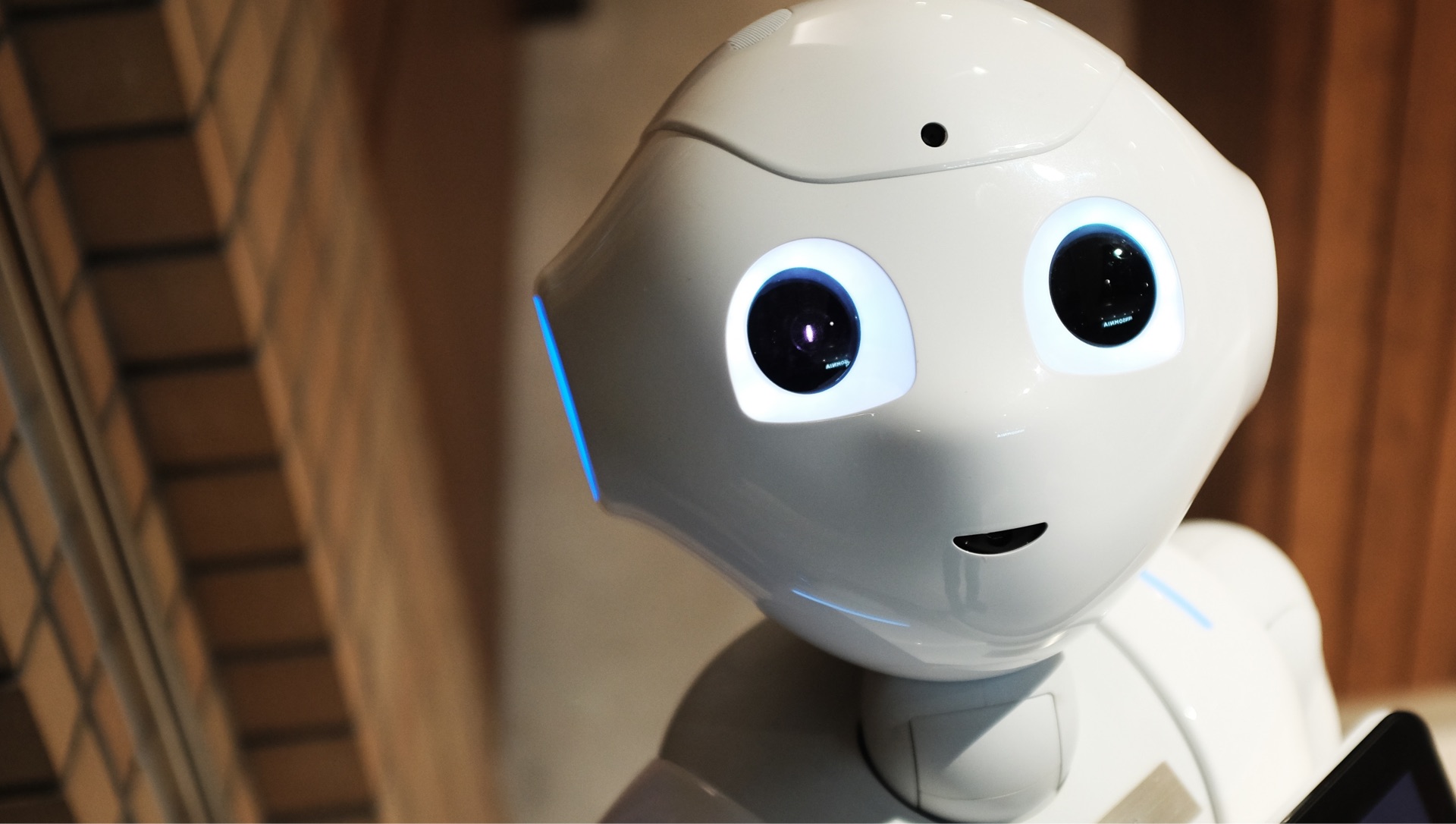What issue can we solve for you?
Type in your prompt above or try one of these suggestions
Suggested Prompt



In the News
4 Days at CES
Dive into the surprises and disappointments from CES 2019 in an article in VentureBeat by our Wolf "Ingo" Faecks, Transportation & Mobility Lead, EMEA & APAC, with contributions from our Sheldon Monteiro, Global Chief Product Officer.
There’s a simple but powerful reason tech enthusiasts flocked to Las Vegas for the Consumer Electronics Show this week – it’s the first peek into some of the exciting, groundbreaking technology we’ll see hit the market in 2019. But CES also serves as a bit of a crystal ball into what technology might look like in three or four years. You get a glimpse of the bits and pieces that have yet to coalesce, but you can see all the promise and potential.
Of course, while some booths flash that promise or showcase potential realized, others can fall flat. Here is a look at the most pleasant surprises and the most uninspiring disappointments we came across during our four days in Vegas and what they might mean for the tech world in 2019.
The surprises
Voice activation and bots everywhere: One of the big surprises at CES this year was that the simplest manual tasks we take for granted in our daily lives are rapidly relying upon bots and voice activation. Take, for example, the process of traveling. Here’s what it could look like based on tech at this year’s CES: You voice activate your flight and hotel check in. Upon entering your room, a robot will sort and fold your clothes. You summon the room’s bot to bring late night snacks and beer. Then you voice activate the Wall to watch TV. When It’s time for sleep, you cuddle up next to a sleep robot to ensure a good rest. The night stand clock wakes you up gently, or wildly, depending on the sound of your voice. Let’s hope you’re happy so that the clock bot isn’t too harsh. And once awake, you check the bathroom smart mirror to tell you how good (or bad) you look. You then clean your teeth for 10 seconds with a bot toothbrush. You then tell the shower to turn on and what temperature the water should be. Next, you grab a piece of fresh bread from the bread bot, tap the head of your companion cat bot, and leave for the show while your voice activated smart door locks behind you. Through voice activation and bots, your trip to the 2021 CES show could be much simpler, restful, and (hopefully) productive.
Precision agriculture: John Deere provided a superior example of the remarkable innovations machine learning can drive, using their combine harvester to improve food productivity through precision agriculture. They use image recognition to distinguish a weed from a crop so they can spray herbicide right onto the weed without contaminating the food. They’re also leveraging sensors, machine learning, and the Internet of Things to stream vast amounts of data to improve productivity.
Mixfit’s customized vitamin shakes: Connectivity was a major theme of this year’s CES. Take fitness trackers, for example. Traditionally, they do a great job of collecting user data, but it never progressed beyond that. That’s changing. Mixfit makes a blender that creates a vitamin shake for its subscribers every day. Every month, you receive a customized packet of ingredients based on data from your fitness tracker. This is an example of how companies are starting use data more creatively to increase the value for the end user. The more businesses become open and interconnected, the more value they can create, where the sum of 1+1 is greater than 2.
Audi’s Holoride ecosystem: It was exciting to see ecosystems supplanting silos. Regardless of how big a company is, its ability to innovate will be severely handicapped if it doesn’t partner to become part of a larger ecosystem. Audi demonstrated this with Holoride, a spinoff company that will produce in-car VR entertainment. This is the first time a car manufacturer has developed a startup for the purpose of sharing its innovation with other manufacturers. We hope this is an indication that a stronger impulse toward sharing is emerging and that we’re moving away from a world where every manufacturer tries to be the sun and make its competitors revolve around it.
Apple could be an interesting test case for this, too. After years of enabling its products to exist only on its own platforms, Apple is changing course to allow Apple TV to coexist with other platforms.
The disappointments
Unnecessary tech: We saw a lot of “innovation” that is solving non-problems and starting to become ridiculous. Just because it is possible doesn’t mean it should be done. For example, a cat litter that measures stench and degree of wetness so it knows when it needs changing. And do we really need a self-driving suitcase that watches and follows us while we walk through the airport — especially when unattended baggage raises so many alarms? Products like this seem to actively ignore context and do not solve a real problem. The list can go on and on, but when you consider how much investment money is flushed into these pseudo-innovations, it’s really disappointing.
Lack of a Chinese presence: Chinese representation, particularly in the automotive space of CES, is shrinking and doesn’t represent the current state of the Chinese market or its importance. Innovation is increasingly coming from the East, but you might get the impression from CES that the most important innovations are still coming from the West. CES organizers seem in denial on this is, but it hurts the U.S. tech sector to be out of touch with emerging global tech. Hopefully, we’ll see this change at next year’s show.
5G underwhelms. We were all optimistic that 5G technology would be arriving soon with exciting innovations, but instead it was one of the biggest letdowns of CES. This week made it clear that 5G is still several years away. No one stood out in presenting the technology’s potential. Intel had the best demo in an otherwise tepid showing, as most were only able to talk about 5G’s capabilities but not show anything of substance.






